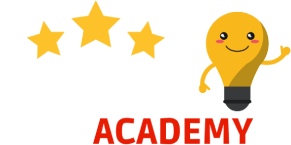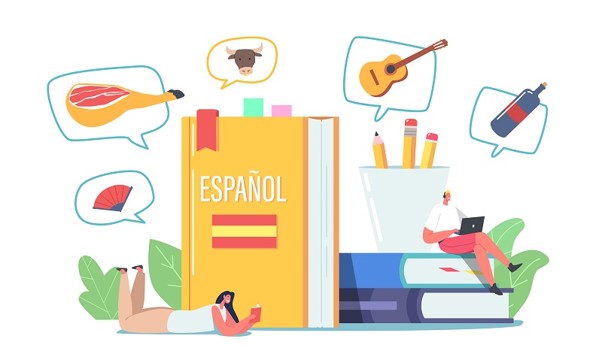When you’re learning a new language, any help you can get makes the process much easier. Here are six spanish lessons to help beginners learn the language
These tips will improve your pronunciation, help you with verb conjugations and give you a basic understanding of Spanish grammar.
Keep in mind that this is just a starting point; once you have mastered these basics, start branching out and practicing as much as you can! Soon you’ll be speaking Spanish like a pro.

Basic Spanish Lessons
Basic Spanish lessons can be very beneficial for people who travel frequently to Spanish-speaking countries. By learning a few basic phrases, you can make a good impression on the locals and show them that you are interested in their culture.
In addition, knowing how to say basic phrases such as “please” and “thank you” can go a long way in helping you get what you need while traveling. While it is not always necessary to master Spanish to get by, taking a few Spanish lessons can certainly be helpful.
1. Spanish Pronunciation
Spanish pronunciation can be tricky for English speakers because Spanish has more vowel sounds than English. Spanish also has some consonant sounds that do not exist in English.
Spanish vowels are usually pronounced more clearly than English vowels, and Spanish consonants are usually softer than their English counterparts.
However, there are some basic rules that can help you with Spanish pronunciation. For example, Spanish words are usually stressed on the penultimate syllable.
This means that you should put more stress on the penultimate vowel of a word. Also, many Spanish words end with a vowel sound, so it’s important to make sure you don’t cut off the final vowel when speaking. With a little practice, you’ll be pronouncing Spanish like a native in no time!
2. Basic greetings and conversation starters
Basic Spanish lessons usually cover essential phrases and vocabulary for everyday situations, such as greetings, introductions, ordering food and drink, asking for directions, etc.
With a basic knowledge of Spanish, you will be able to communicate with confidence in many everyday situations. In addition, you may find that speaking Spanish opens up new career opportunities, whether it’s working with Spanish-speaking clients or colleagues, or traveling to Spanish-speaking countries on business.
So why not give it a try? A few basic Spanish lessons can take you a long way.
3. Numbers from 0 to 100
Numbers are often one of the first things students learn. They provide a foundation for learning other concepts, such as colors, days of the week and months of the year.
By becoming familiar with numbers 0-100, students will be able to understand simple math problems and begin to construct sentences.
4. Colors
For students of Spanish, understanding how to name colors is an important part of the learning process. In Spanish, there are many ways to say “color.” The most common word is “color,” which can be used as both a noun and an adjective.
However, there are also other words that can be used to describe different shades and tones. For example, the word “black” can describe a deep black, while “brown” is used to describe a brown color.

5. Days of the week and months of the year
The days of the week and the months of the year are two essential topics for beginning Spanish learners. The days of the week are usually introduced with the phrase “Los días de la semana”, while the months of the year are usually preceded by “Los meses del año”.
In addition to memorizing the names of the days and months, it is also important to know how to say “ayer”, “hoy” and “mañana” in Spanish. These concepts are usually introduced with the phrase “ayer”, “hoy” and “mañana”.
6. Directions (North, South, East, West)
If you are in a Spanish-speaking country, it is useful to know some basic phrases for giving directions. Here are a few key phrases to get you started:
“Dónde está el baño?” (Where is the bathroom?) This is always a good phrase to know!
“¿Cuál es el camino a…?” (What is the way to…?) You can fill in the blank with the place you want to go.
“How far is it…?” (How far is it…?) Again, you can fill in the blank with your destination.
With these basic Spanish lessons, you should be able to get to your destination without too much trouble. Just remember to stay calm and confident, and you’ll be fine.
If you are looking for a more in-depth learning experience, we recommend you check out our Spanish course. This online course is designed for beginner and intermediate students who want to improve their fluency.
The course includes video lessons, interactive exercises and quizzes to help you learn and practice Spanish at your own pace. With this comprehensive course, you can start speaking Spanish with confidence in no time.









